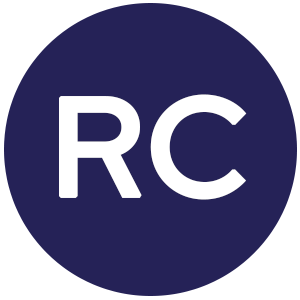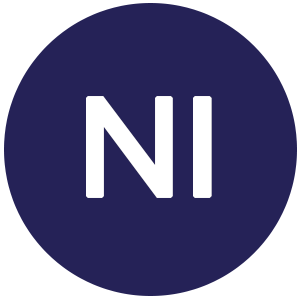Artificial intelligence and machine learning are powerful tools that are reshaping the way our society lives and works. These technologies are also advancing the way real time location systems (RTLS) can streamline mobile equipment workflows in hospitals.
Yet hearing the words “machine learning” and understanding how the technology really works are two different things. In this post, we’ll provide a quick overview of machine learning, how it’s applied in the Cognosos RTLS, and some of the advantages that this approach to location tracking can have for your hospital.
What is machine learning?
Machine learning is a subset of artificial intelligence. It’s “the approach of letting computers learn to program themselves through experience,” notes this blog post from MIT. “The more data, the better the program.”
Supervised machine learning is the most common approach to machine learning. In the initial phase, the user feeds a computer labeled data sets. This allows the computer to learn the defining features of the data and use it as a reference when presented with new information.
How does machine learning work?
Image recognition is a classic example of supervised machine learning. To teach a computer the difference between a dog and a cat, the user feeds it several labeled pictures of each. The computer then creates its own internal model of what a dog and a cat look like. Later, when the user feeds the computer a new photo of a dog, it can say, “this matches 95 percent of the features I know a dog to have, so it’s a dog.”
Like a human being, a machine doesn’t need a lot of data—or time—to learn. You probably don’t remember when you learned the difference between a dog and a cat but, once you did, you had that knowledge for life. Machine learning works in a similar way. You don’t need to feed a computer 1,000 images of a dog and 1,000 images of a cat for a year before it can distinguish between the two. A few hours and 100 pictures will suffice.
How does machine learning work in the context of Cognosos’ RTLS?
The goal of Cognosos’ RTLS is location, but also differentiation. How can the system accurately locate a piece of mobile equipment that’s in one room versus another? Our proprietary LocationAI™ engine uses supervised machine learning for that task.
During installation, beacons are placed in the ceilings of the hospital’s hallways. A tag located in each room or corridor will receive a unique combination of signals from those beacons. Once the beacons are in place, the Cognosos installation team takes a tag into every room and corridor of the hospital, moving it around that area for a few minutes to collect those signals. That data teaches LocationAI’s cloud-based engine: “This combination of signals is Room A.” “This combination of signals is the north end of Corridor 2.” “This is the stairwell on Floor 2.”
Later, when LocationAI receives information from a tag, it can compare the new data to the framework created during the supervised training stage. The system can say: “Ninety percent of these signals sound like Room A, so the tag is in Room A.”
What are the benefits of an RTLS powered by machine learning?
Like humans, machine learning engines can easily handle variability. A trained computer can be presented photos of cats with a wide array of features—large or small; black or calico; pointy ears or rounded ears—and still recognize them as cats. Similarly, a Cognosos tag can be in many different corners of a particular room and LocationAI will still recognize it as “Room A”.
Additionally, a machine learning engine will get smarter and more capable the more it’s used. The more data it encounters, the more nuanced and accurate its knowledge will become. If the footprint of your hospital changes—the wall between Room A and Room B is taken down to create one large room, for example—the Cognosos system can account for that with minimal intervention.
Finally, the state of artificial intelligence technology advances just about every day. LocationAI currently uses three different machine learning techniques that work in concert. These engines each make their own inferences about the data sent by the tag and “vote” to deliver Cognosos’ signature room-level accuracy.
And if a faster, more capable machine learning technique becomes available, Cognosos can add that new technology to LocationAI to further enhance performance. Because each hospital’s LocationAI system is in the cloud—not on-site—Cognosos can make those changes quickly. The hospital benefits from improved RTLS performance—and doesn’t have to lift a finger to do it.
To learn more about how machine learning and LocationAI can help your hospital achieve room-level accuracy with minimal disruption and a fast path to ROI, download our white paper.




